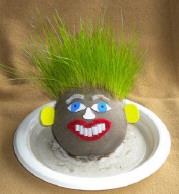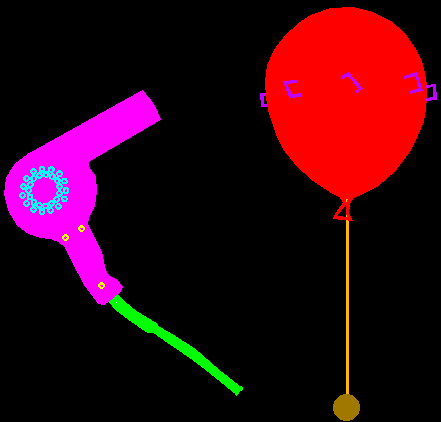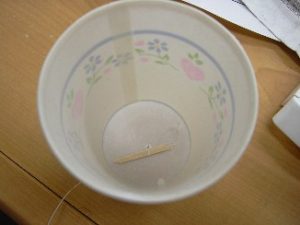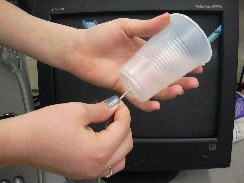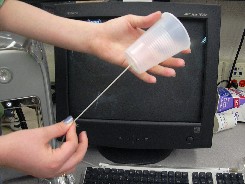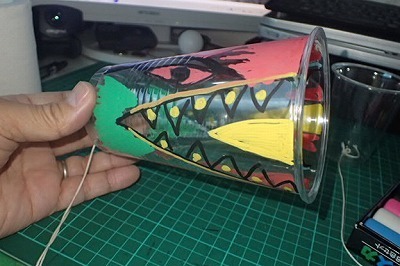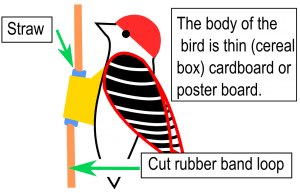9 year old guest scientist Shane Fearon of Ireland shows us how to make a rubber band ball. I hope other young scientists from around the world will be encouraged to contribute instructions for projects.
You will need:
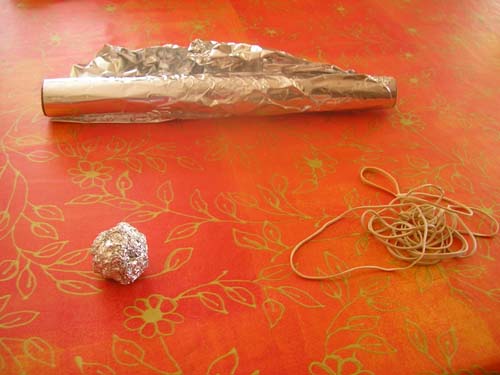
- Tin foil (editor's note: "tin foil" is now actually made of aluminum - or aluminium as Europeans like Shane would say)
- As much rubber bands as you can find
How to Make a Rubber Band Ball
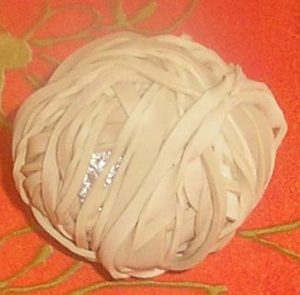
1.Get some tin foil and roll it into a ball.
2.Find lots of elastic bands and star to stretch them on to it.
3.keep doing it till it is as big as u want it and bounce it.
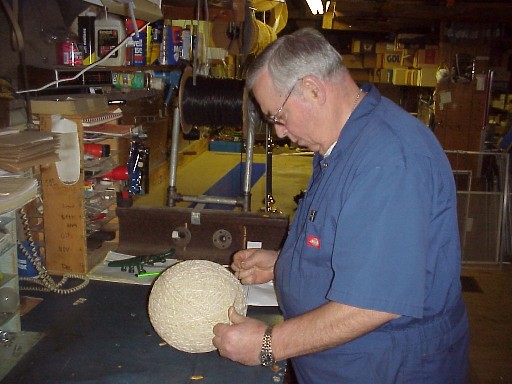
Thanks Shane. And back in the U.S. here is a giant rubber band ball created by Mr. John Buttorff in his workshop in Buttorff's Hardware Store, Jersey Shore, Pennsylvania. Mr. Buttorff started it several years ago, and now it's so big that lots of the rubber bands snap as he tries to get them on. Although it is about the size of a basketball, it is much heavier. It is very dense because there is solid rubber inside instead of air.



